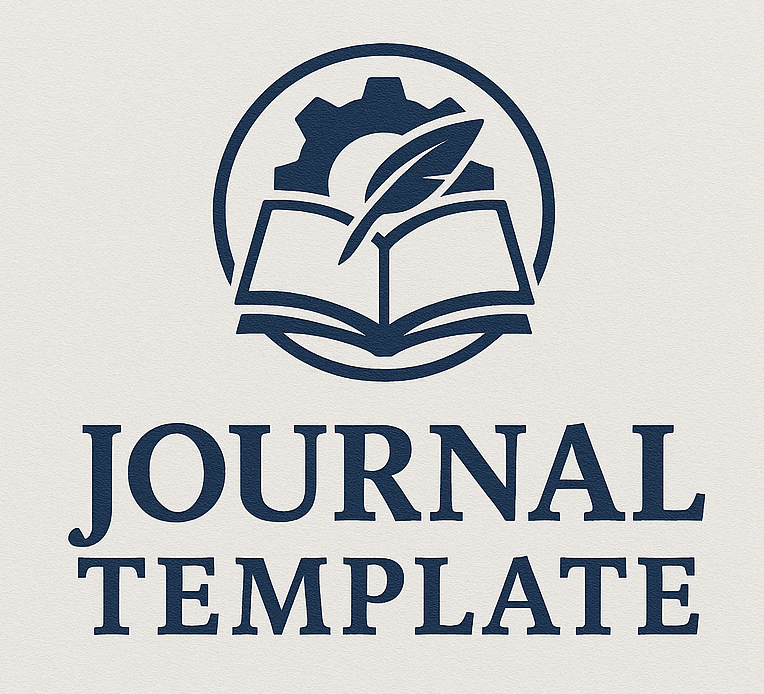Comparison of Using Android-based Lux Meter and Split Flux Method in Natural Lighting Material in Building Physics Course
DOI:
https://doi.org/10.21831/jpts.v5i2.70760Abstract
Background: The use of learning media is very influential in the learning process. In natural lighting calculation material, students usually use the Split Flux method, but the calculation is long because students have to provide a solar arc in the form of a printout on mica. So in this study, students will be divided into several groups to calculate natural lighting using an android-based lux meter.
Methods: The approach used in this research is a quantitative approach, with an empiricist paradigm, and with a survey method. The survey was conducted on students who had taken the Building Physics course. The survey was conducted using an instrument. The instrument is an open and closed questionnaire.
Results: The survey results show that (1) 73% of respondents chose the answer 51% to 75%, meaning that 73% of students understand the split flux method and 28% of respondents chose 75% to 100%, meaning that 28% of students understand the split flux method; (2) 78% stated that it was easier to use an android-based lux meter to measure natural lighting; (3) 79% stated that it was faster to use an android-based lux meter to measure natural lighting.
Conclusion: By using an android-based lux meter, students can install it on their respective handphone, besides students are facilitated in measuring natural or artificial lighting and are not paid, besides that the process is faster and more flexible by using the help of android-based lux meter media in Building Physics courses, students become more interested in learning natural lighting measurements because they can easily take lighting measurements in a room.
References
Adiyanta, F. C. S. (2019). Hukum dan Studi Penelitian Empiris: Penggunaan Metode Survey sebagai Instrumen Penelitian Hukum Empiris. Administrative Law and Governance Journal, 2(4), 697–709. https://doi.org/10.14710/alj.v2i4.697-709
Ahmad, M. D., Mohammad Noor, S. Z., Abdul Rahman, N. F., & Haris, F. A. (2021). Lux Meter Integrated with Internet of Things (IoT) and Data Storage (LMX20). ICPEA 2021 - 2021 IEEE International Conference in Power Engineering Application, March, 138–142. https://doi.org/10.1109/ICPEA51500.2021.9417762
Azizah, N., & Iyati, W. (2017). Manajemen Pencahayaan Alami dan Buatan pada Gedung Pascasarjana UNISMA. Jurnal Mahasiswa Jurusan Arsitektur, 5(4), 1–8.
Fleta, A. (2021). Analisis Pencahayaan Alami dan Buatan pada Ruang Kantor Terhadap Kenyamanan Visual Pengguna. Jurnal Patra, 3(1), 33–42. https://jurnal.idbbali.ac.id/index.php/patra
Groves, R. (2010). Survey Methodology. Op.cit.
Groves, R., Dillman, D., Eltinge, J., & Little, R. (2002). Survey Nonresponse. Wiley.
Ikhwanuddin. (2007). Perbandingan Metode Split Flux Dan Metoda Design Chart Dalam Perhitungan Cahaya Alami Ruang (DF). INERSIA ..., 3(2), 54–63. https://journal.uny.ac.id/index.php/inersia/article/view/8330
Irsyad, H. (2016). Aplikasi Android dalam 5 Menit. PT Gramedia.
Kenyo, A. P., Ramadhan, M. A., & Murtinugraha, R. E. (2022). Pengembangan Bahan Ajar Fisika Bangunan Berbasis E-Module di Program Studi Pendidikan Teknik Bangunan. Indonesian Journal Of Civil Engineering Education, 8(2), 62–71. https://doi.org/10.20961/ijcee.v8i2.70881
Koenigsberger, O. H. (1975). Manual of Tropical Housing & Building. Orient Blackswan.
Mansur, H., Utama, A. H., & Irianti, E. (2019). The Development of Ecosystem Education Game Product to Improve Learning Motivation Of 5 th Grade Students in Elementary School. International Conference on Education Technology (ICoET) Advances in Social Science, Education and Humanities Research, 372, 207–211.
Marpanaji, E., Mahali, M. I., & Putra, R. A. S. (2018). Survey on How to Select and Develop Learning Media Conducted by Teacher Professional Education Participants. Journal of Physics: Conference Series, 1140. https://doi.org/10.1088/1742-6596/1140/1/012014
Moto, M. M. (2019). Pengaruh Penggunaan Media Pembelajaran dalam Dunia Pendidikan. Indonesian Journal of Primary Education, 3(1), 20–28. https://doi.org/10.17509/ijpe.v3i1.16060
Nugroho, P., Wijayanto, I., & Susatio, E. (2018). Perancangan dan Implementasi Aplikasi Light Meter pada Smartphone Berbasis Android. E-Proceeding of Engineering, 5(2), 2214–2219.
Salim, A., & Utama, A. H. (2020). Evaluasi Sumatif Ketepatan Pemilihan Media Pembelajaran Tepat Guna di Sekolah Dasar (SD) Se-Kota Banjarmasin. Penelitain Tindakan Dan Pendidikan, 6(2), 71–78. https://rumahjurnal.net/ptp/article/download/886/561
Sumriddetchkajorn, S., & Somboonkaew, A. (2010). Low-Cost Cell Phone-based Digital Lux Meter. Advanced Sensor Systems and Applications IV, 7853. https://doi.org/10.1117/12.870176
Sutanto, H. (2018). Desain Pencahayaan Buatan Dalam Arsitektur. Penerbit PT Kanisius.
Tambunan, S. A. (2021). Analisa Kebutuhan Pengembangan Media Pembelajaran pada Mata Pelajaran Konstruksi dan Utilitas Gedung di Kelas Desain Permodelan Dan Informasi Bangunan SMK Negeri 1 Percut Sei Tuan. Jurnal Pendidikan Teknik Sipil, 3(1), 23–27. https://doi.org/10.21831/jpts.v3i1.41883
Wulandari, A. P., Salsabila, A. A., Cahyani, K., Nurazizah, T. S., & Ulfiah, Z. (2023). Pentingnya Media Pembelajaran dalam Proses Belajar Mengajar. Journal on Education, 5(2), 3928–3936. https://doi.org/10.31004/joe.v5i2.1074













